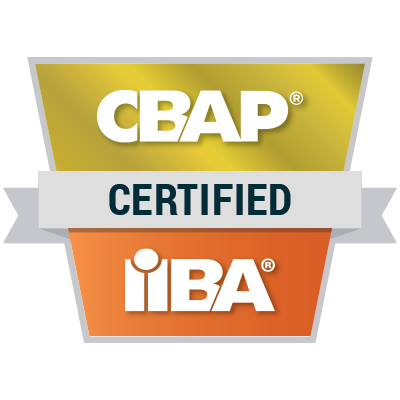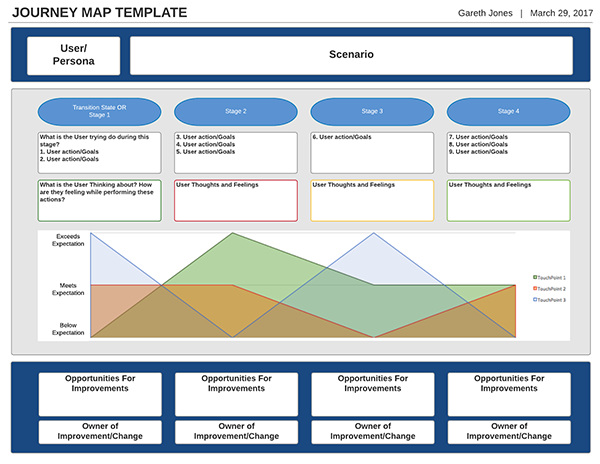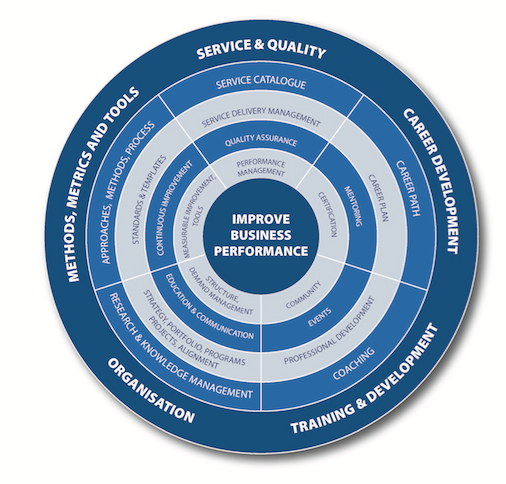My Certification Journey – Avoiding a CBAPtism by Fire.
Industry Certification has always been one of my career goals. Ever since being first introduced to Business Analysis, the discussion of being certified by the most recognized industry body in this field, the IIBA, has been a consistent topic.

This was only reinforced when I was first introduced to Business Analysis (BAPL), and its CEO Tim Coventry (a former president of the Australian Chapter of the IIBA). Tim and BAPL took me and many other lucky participants through an in-depth 10-month program detailing the ins and outs of Business Analysis. This course not only filled in some of the gaps in my knowledge, but it strengthened my passion for this every important role and understanding of the value it provides. And here I am today, 10 years from this introduction, and many more from my first furore into business analysis, a CBAP certified BA.
In this blog series I am going to take you through my journey. Starting with the Why (as all good BAs should), as well as the approach I followed, ‘The How’.
Why work towards certification?

These answers will often vary between individuals so I can only explain this from my own position. In one word I guess I could say, pride. I wanted to do this to achieve a level of industry recognition for my own pride and self-belief. Many will say that being certified won’t make you a better BA, or that there is no need to be certified as “I already have the job”. Well part of this may be true. Whilst companies are not demanding certified BAs, there is no immediate barrier to gainful employment (though this is slowly shifting in the industry as certification is commonly desired by some large institutions). However, becoming certified and the understanding of the 6 Knowledge Areas (KA) of the BABOK v3 that comes with it, has made me a more aware BA. There were elements of the BABOK that have only recently made sense as I tried to understand as much of it as possible. At BAPL we have developed a CBAP Preparation Online Course, and one of the handouts with this is a context diagram of each KA, Task, and the inputs and outputs. Providing this level of visual over the text across the entire BABOK shows how interrelated each KA is and strengthens the applicability and scalability of the information contained within. For instance, at what point does a requirement or design need change approval or a change request in an adaptive initiative? Baselining is clear in a predictive approach, but adaptive approaches welcome change, even late in the game. The principles behind both are the same, even if the application differs.
The other driver for me, and I know this is a common feeling among many BAs is the self-imposed imposter syndrome. Exceptional Business Analysis drives significant value for organisations. Our role is significant. Often, we are in situations that can feel overwhelming and self-doubt creeps in. A friend once said to me, ‘Having certification gives me a comfort in knowing an industry has tested and approved of my level of knowledge. So, the situation is complex, but it is not because of my capability, it is simply a complex situation. Have confidence in myself in applying my knowledge, and work through the complexities one bit at a time’. As someone who also trains others in Business Analysis, and discussing Certification in these courses, I always felt a little empty or even fake when discussing the value of certification, knowing I had not followed through on the advice I was giving. For others it may be to provide a point of differentiation between themselves and other candidates in interviews. What ever your driver, set yourself a completion date ‘When’, and work through ‘The How’.




 Copyright © 2006 Business Analysts Pty Ltd
Copyright © 2006 Business Analysts Pty Ltd